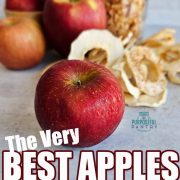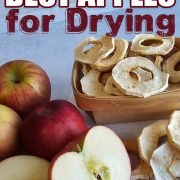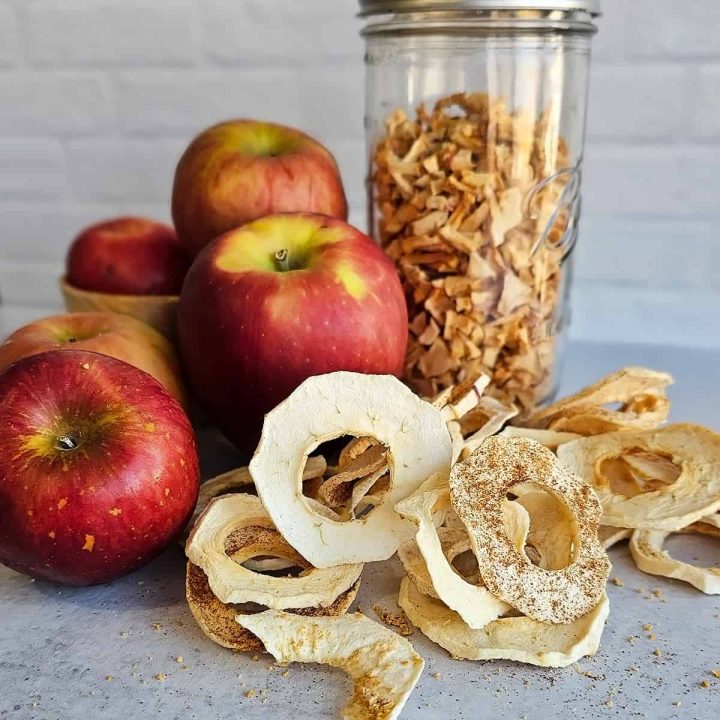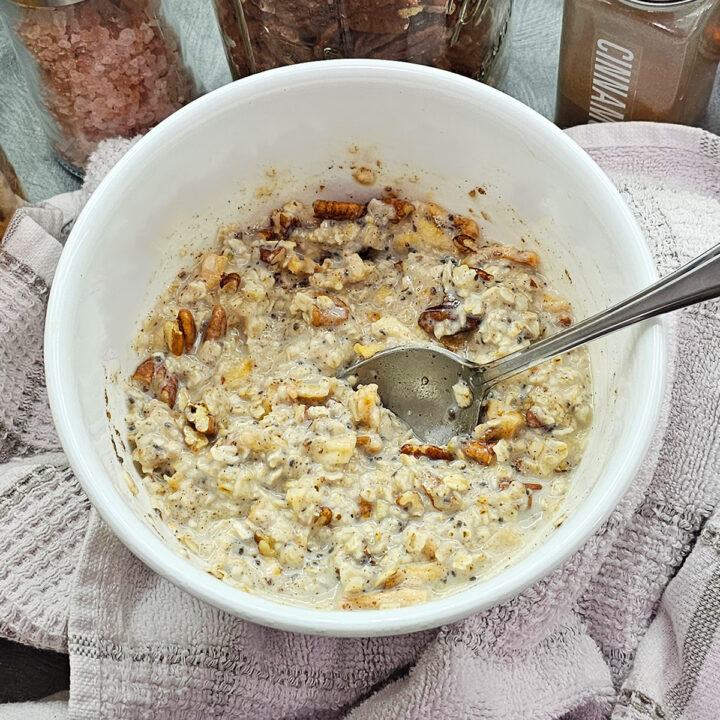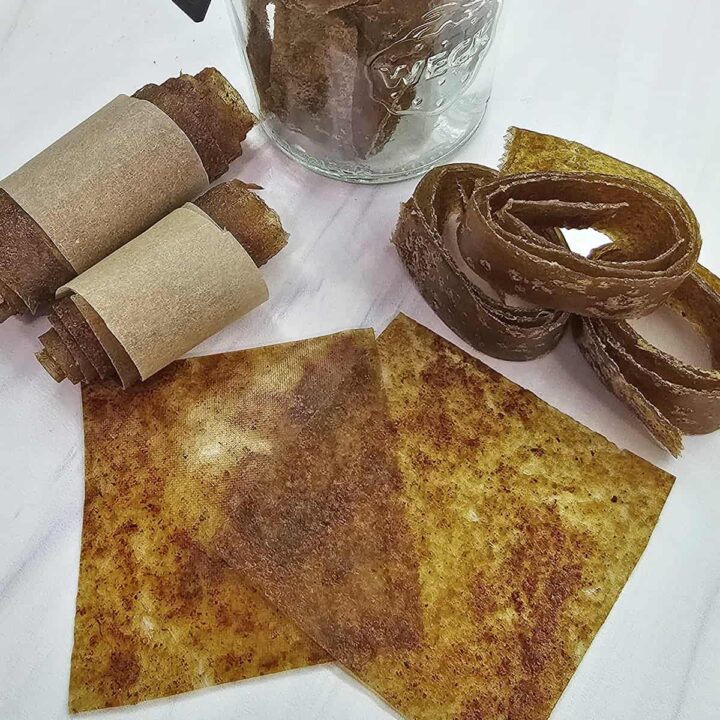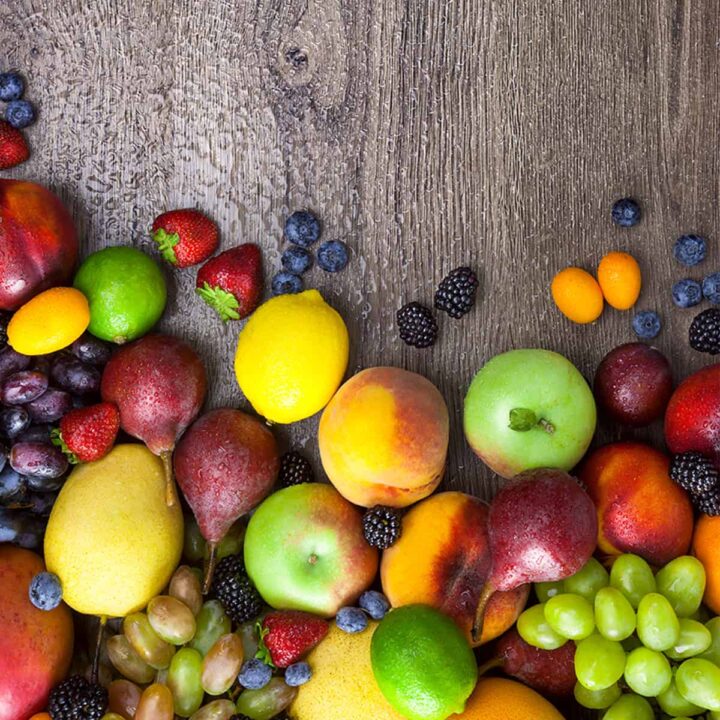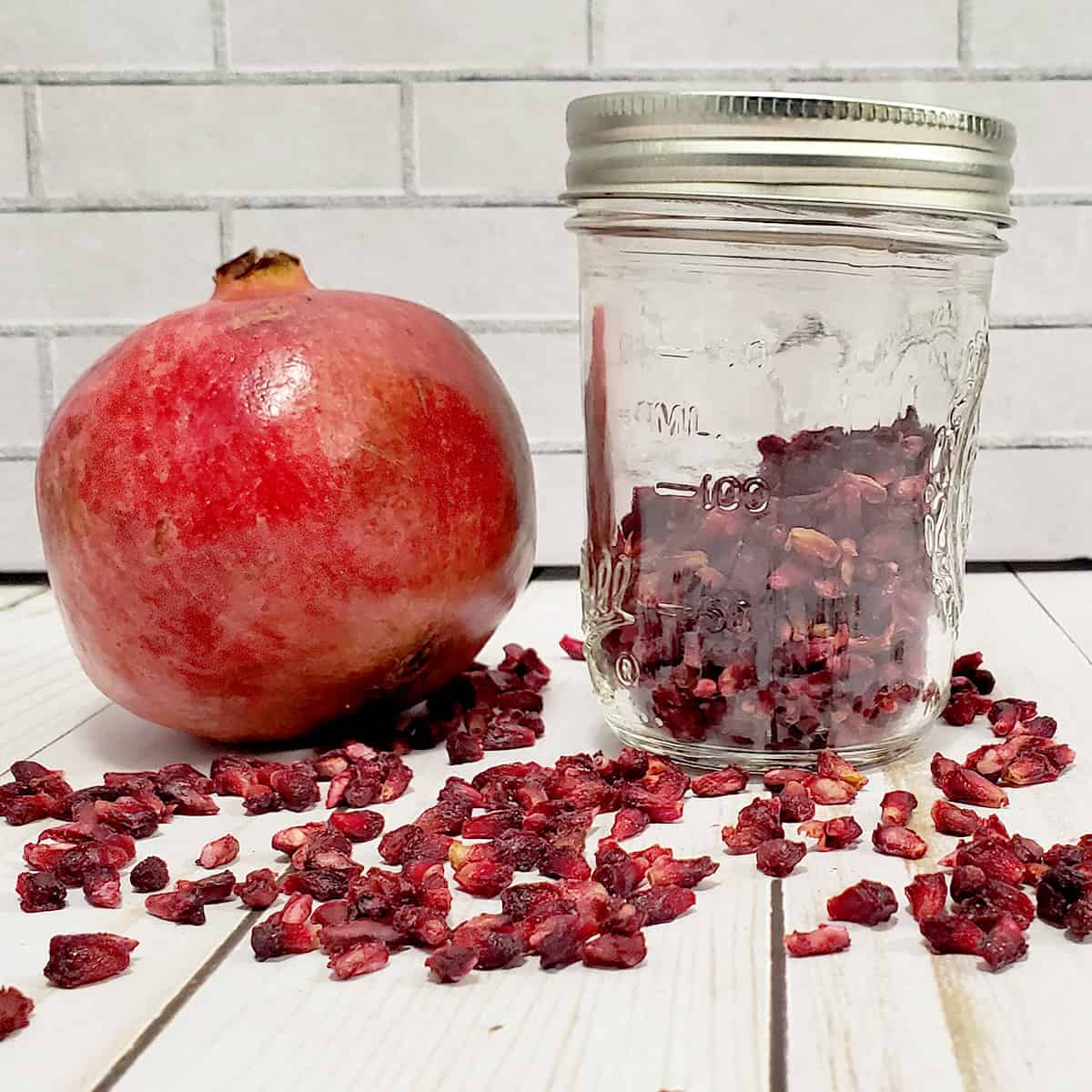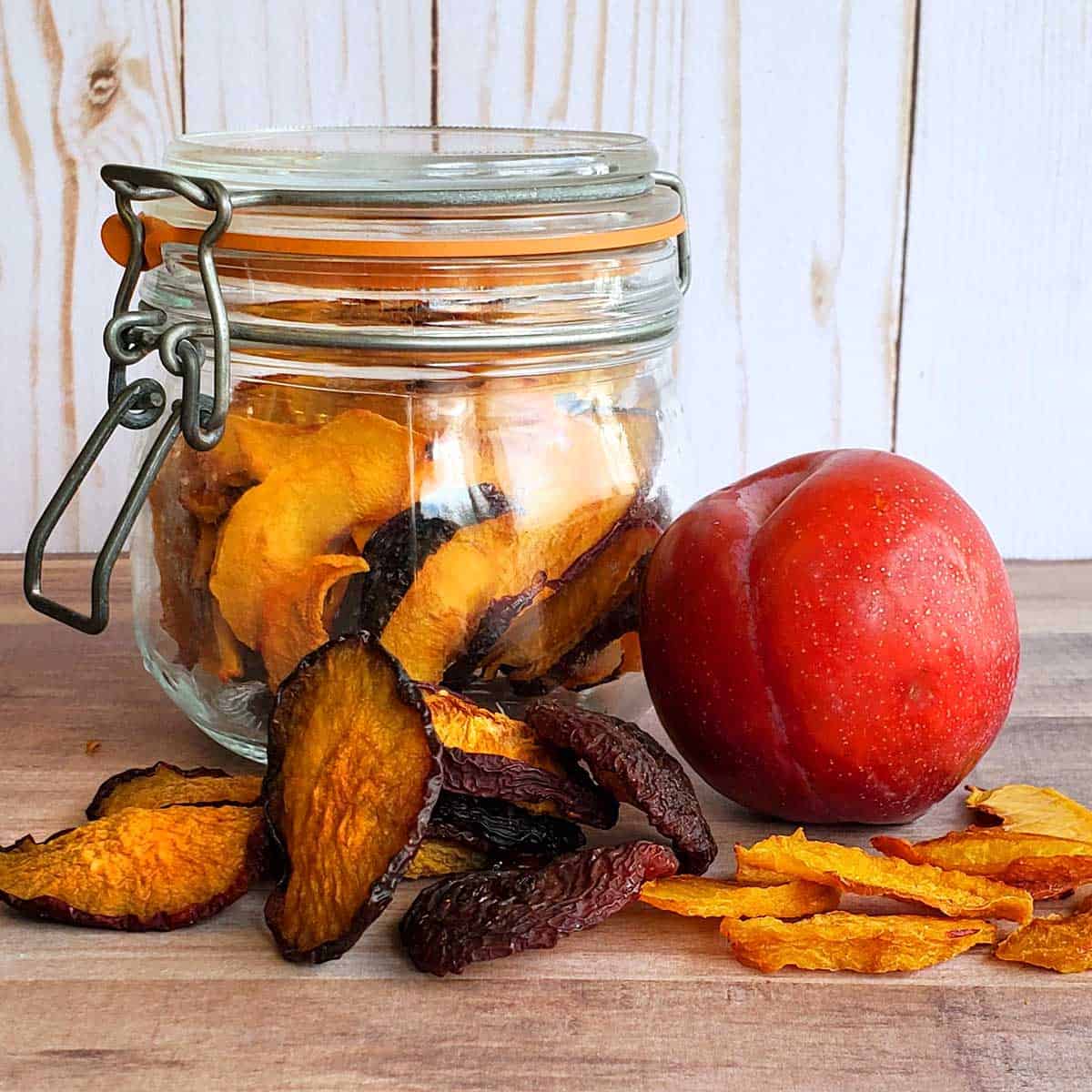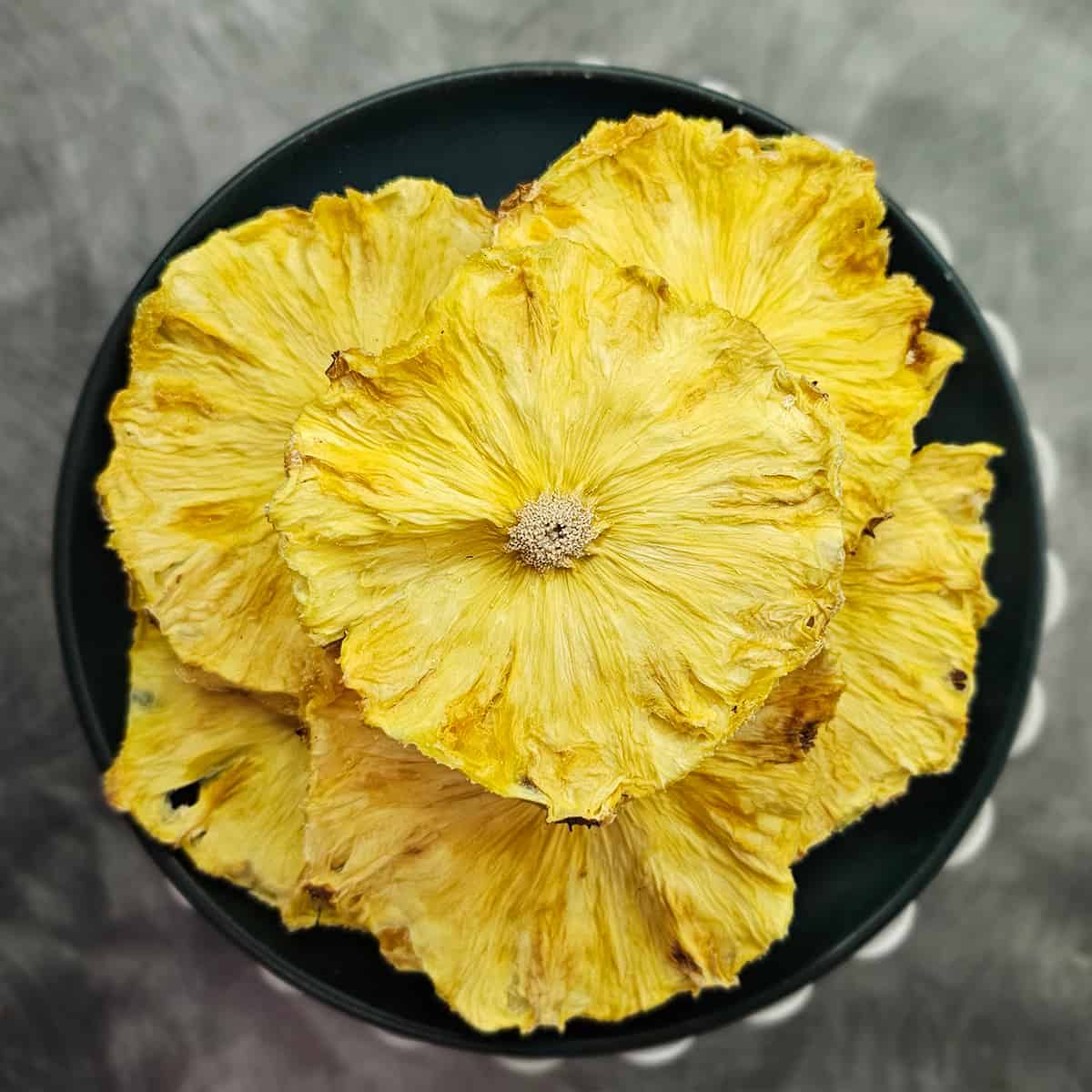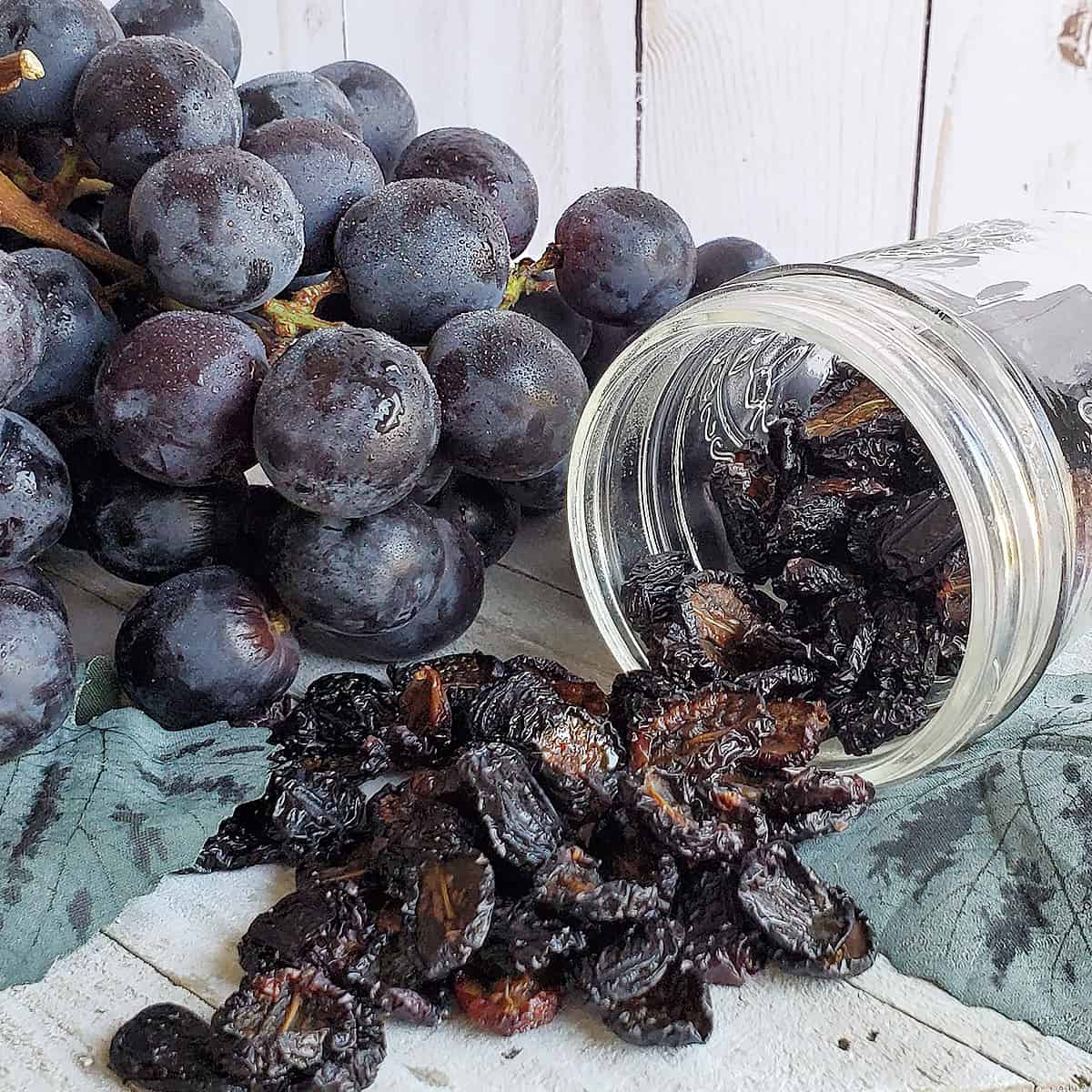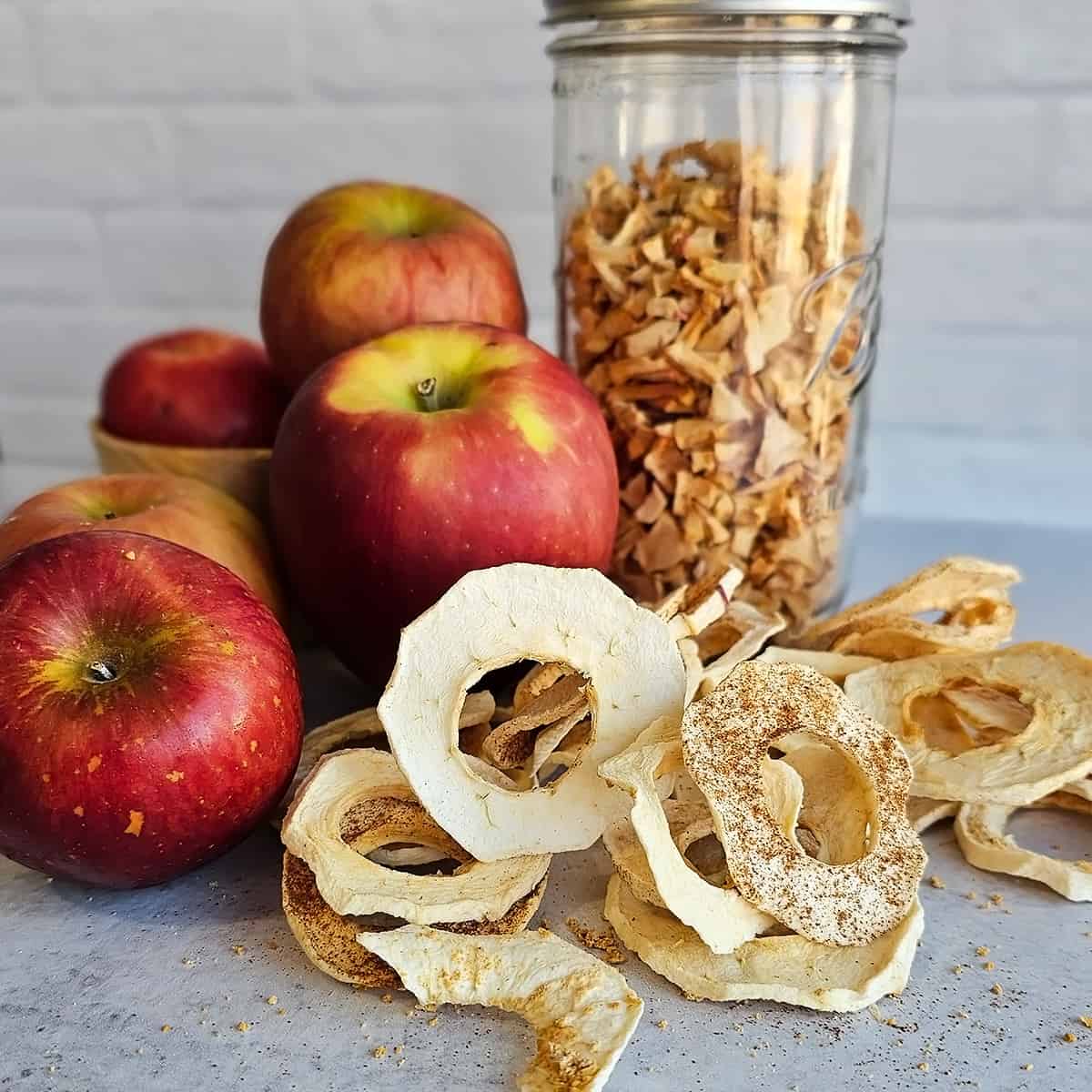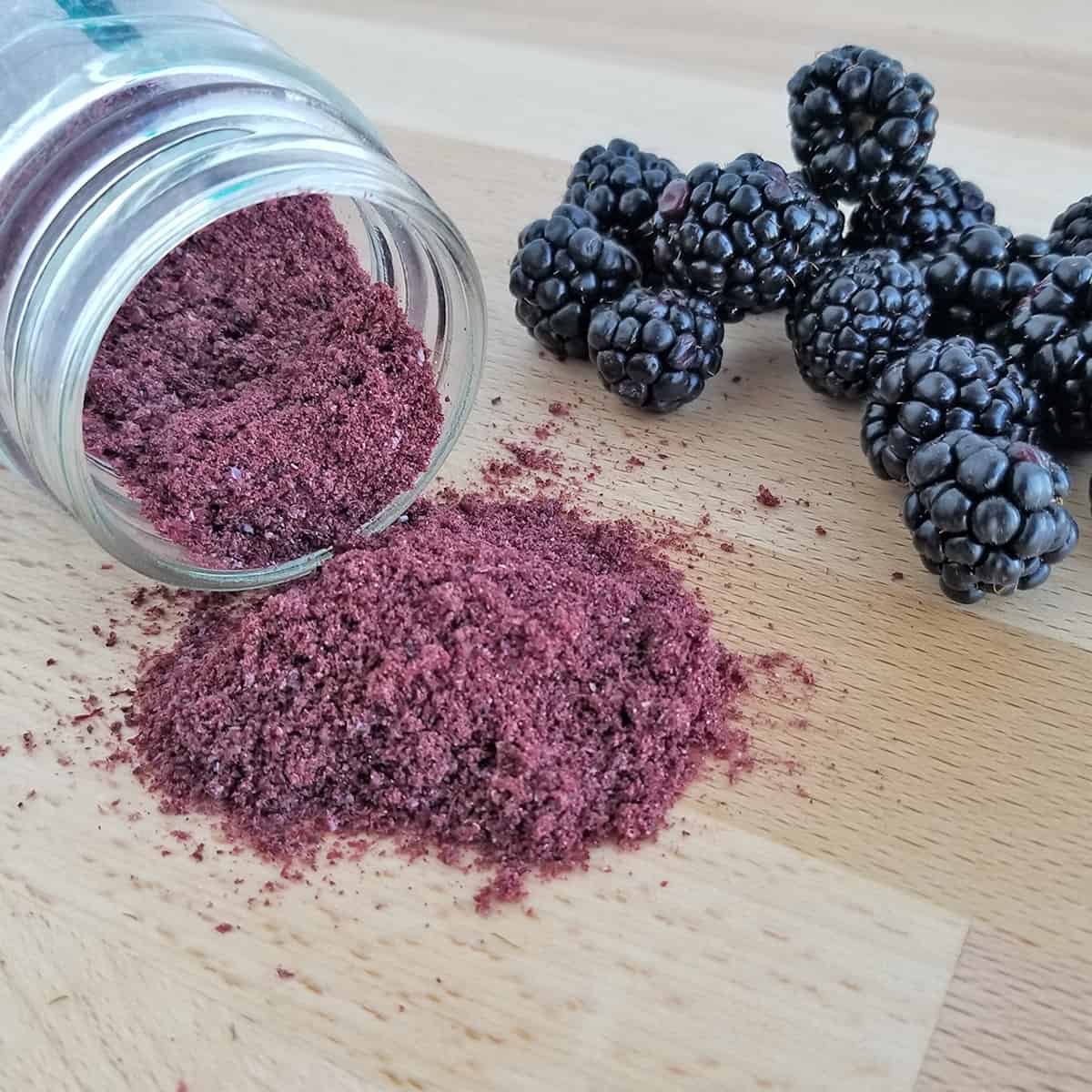Best Apples for Dehydrating
What are the best apples for dehydrating? The answer is simple: Whatever apples you have on hand. Learn about specific varieties and how they will affect the flavor and useability of your apples for future projects like lunchbox snacks and making pies later!
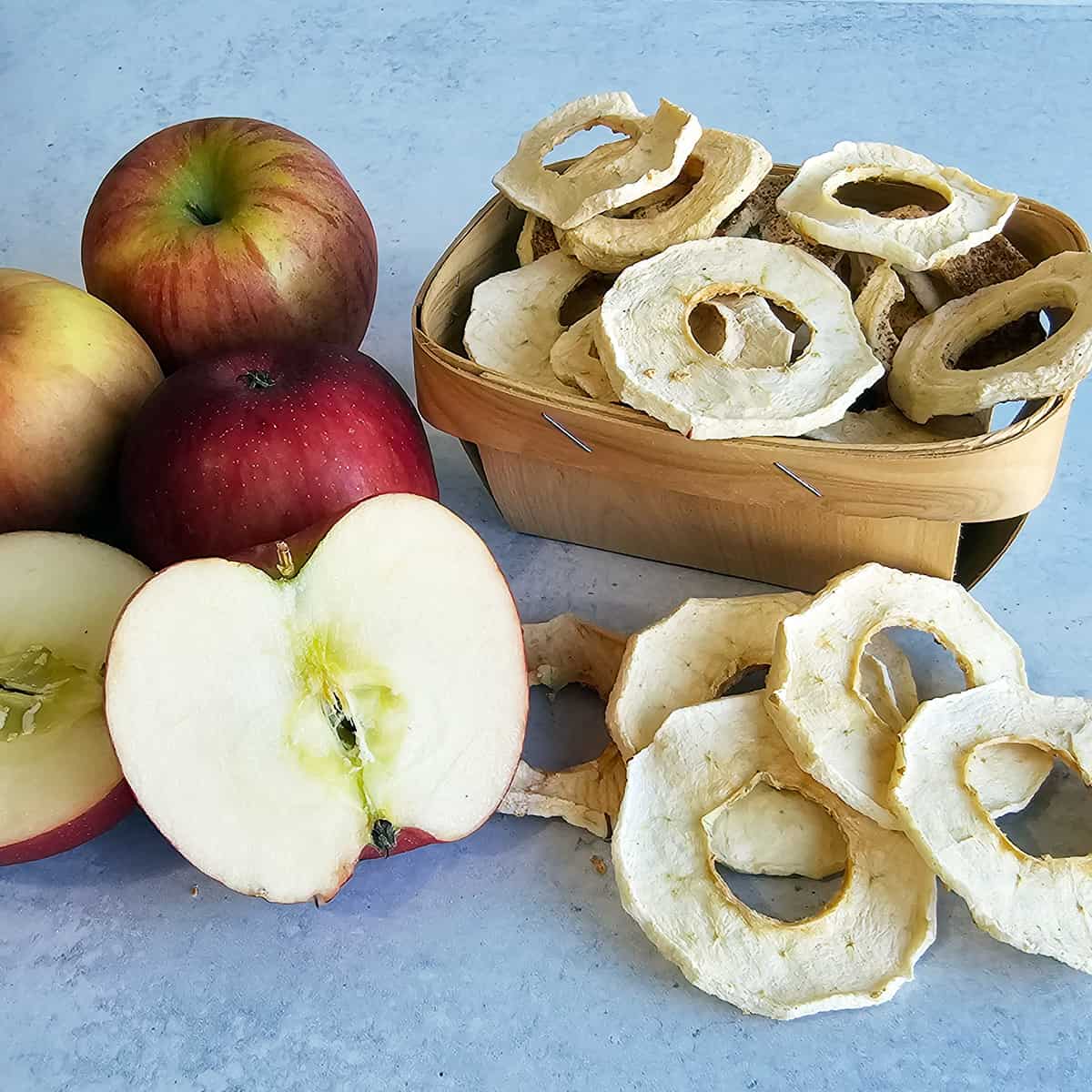
Dehydrating apples is the perfect way to have wonderful snacks during the year, school lunches, trail mixes, oatmeal, and even for making pies!
Understanding different apples and how they taste fresh will help you understand the kind of apple to choose for your project down the road. So let’s compare some popular varieties!
Choosing the right apples for dehydration can make a difference when it comes to achieving the best flavor, preventing oxidation, and the best outcome for your final project, be it a slice to snack on for your children’s school lunches or recreating an apple crumble for this weekend’s dessert.
Here’s a quick overview of some apple varieties’ flavor and susceptibility to oxidation.
Best Apples for Dehydrating
When it comes to dehydrating apples, selecting a variety that you love fresh is most important.
If you love a tarter apple, know your dehydrated apple slices will be tart. If you want to preserve apples for making pies later in the year, dehydrate the variety of apples that you prefer in your pies.
Here’s a look at some of the most popular choices of apples that are great to dehydrate for snacks:
1. Fuji
- Flavor: Fuji apples are renowned for their exceptional sweetness and a subtle hint of spiciness, intensifying during dehydration. This sweetness translates well into the dried form, offering a flavorful and satisfying snack.
- Susceptibility to Oxidation: While Fuji apples are moderately prone to browning, pre-treating them can help reduce the oxidation that happens during dehydrating. However, sprinkling some cinnamon on them ahead of time means you’ll never see it anyway – so no tart pretreatment would be necessary!
2. Gala
- Flavor: Galas are mildly tart, providing a pleasant flavor profile in fresh and dehydrated states. The dehydration process enhances their sweetness, creating delicious dried apple slices.
- Susceptibility to Oxidation: Galas are prone to browning, so pretreating is recommended if you want to keep most of the color.
3. Granny Smith
- Flavor: Granny Smith apples offer a crisp tart flavor when dehydrated. They provide a unique taste profile, especially for those who prefer less sweetness.
- Susceptibility to Oxidation: Granny Smith apples are also less prone to browning than sweeter varieties, but taking precautionary measures can still be beneficial.
4. Golden Delicious
- Flavor: Known for their natural sweetness, Golden Delicious apples dehydrate well, resulting in a mellow taste. The flavor concentrates during dehydration, providing a delightful snacking experience.
- Susceptibility to Oxidation: Golden Delicious apples are less prone to browning than other varieties, but preventive measures can still be beneficial for maintaining color and flavor.
5. Honeycrisp
- Flavor: With a sweet and honey-like flavor, Honeycrisp apples dehydrate into crispy and flavorful chips, making them a popular choice for snacking.
- Susceptibility to Oxidation: While Honeycrisp apples are prone to browning, using anti-browning techniques can help preserve their visual appeal.
6. Cosmic Crisp
- Flavor: Not too sweet without the mealiness that Red Delicious apples can get.
- Susceptibility to Oxidation: Less prone than other apples.
Overall, the best apples for dehydrating are Fuji or Golden Delicious apples, as they offer a sweet flavor without the need for additional sugar. But generally, no apple needs extra sugar added unless you are dehydrating a tart variety that you wish to make just a little sweeter for a snack. And your own personal preference will really make your choice unique.
If you want less sweetness, you can go for Granny Smith apples, which offer a refreshingly tart flavor. They also have the added benefit of being less prone to browning from oxidation compared to the other varieties.
Other Varieties to Try:
There are numerous types of apples, each with its own unique flavor, texture, and intended use. The diversity of apple varieties ensures that consumers can find apples suitable for eating fresh, making cider, baking, or dehydrating.
Some well-known apple varieties include:
- Baldwin – great for baking (tart)
- Opal
- McIntosh – used for juicing or baking
- Cortland – low oxidation; tart
- Pink Lady
- Empire
- Jonagold
- Braeburn – good all-purpose
- Jonathan
- Winesap
- Red Delicious – while this is my least favorite apple, some love how they turn out once dry.
Remember, you may have local varieties available to you that aren’t available elsewhere, so experiment with all that is available and find your perfect apple to dry!
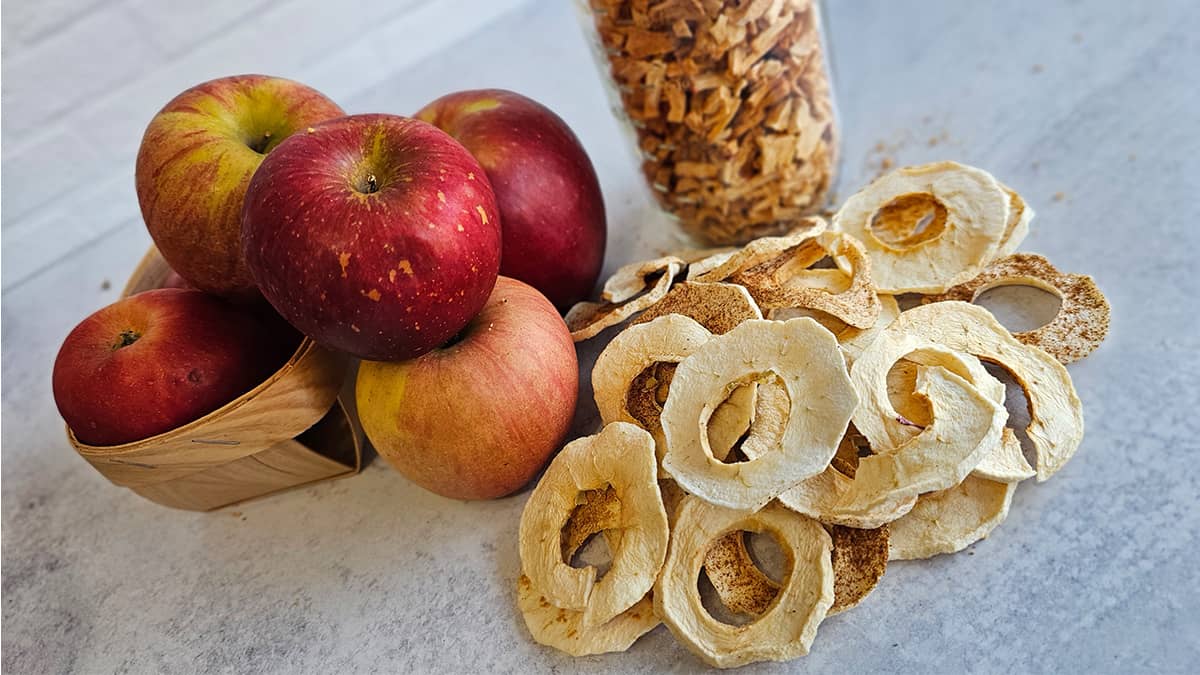
Learn more: How to Dry Apples in a Food Dehydrator
Do Dried Apples Retain Their Nutrients?
As with all dehydrated foods, apples retain most of the nutrients they have when fresh. You do lose Vitamins A & C with prolonged exposure to heat (recommended temperature to dry is 125-135°F / 52°-57°C), but you retain all the rest of the nutrients available in the apple.
To help retain all those nutrients, you may choose to dehydrate at less than 115°F/46°C to keep them as a living food. It will increase your drying time, however.
How to Prevent Oxidization in Dehydrated Apples?
Oxidation is the process that causes fruits to turn brown when exposed to air. While you cannot prevent oxidation entirely, you can minimize it to maintain the dehydrated apples’ color, flavor, and overall quality.
So, here are some measures you can take to minimize oxidation:
- Pre-treatment with Ascorbic Acid (Vitamin C): Before dehydrating, you can treat apple slices with a solution of ascorbic acid (Vitamin C) dissolved in water. This solution helps inhibit enzymatic browning, reducing the chances of oxidation.
- Citric Acid Solution: Another effective pre-treatment is to soak apple slices in a solution of citric acid and water. This acidic solution helps prevent browning and adds a slightly tangy flavor to the apples.
- Citrus Juice Soak: Soaking apple slices in lemon, lime, orange, or pineapple juice is a natural way to prevent oxidation. Pineapple juice contains ascorbic acid and other antioxidants that can help maintain the color of the apples.
- Honey or Maple Syrup Coating: Coating apple slices with a thin layer of honey or maple syrup before dehydrating can create a protective barrier against oxidation. This method adds sweetness and enhances the flavor. However, it may lend it self to a harder time of storing as sugars can be hygroscopic and attract moisture, making your apple slices or shreds stick more during storage. This method would be recommended for short-term snacking use.
- Blanching: Briefly blanching apple slices in hot water before dehydrating can help set the color and prevent browning. However, this method may slightly alter the texture of the apples, and it reduces the amount of Vitamin B and other water-soluble vitamins.
- Commercial Anti-Browning Agents: Some commercially available anti-browning agents, often based on citric acid or ascorbic acid, can be sprinkled or sprayed on apple slices before dehydrating. These could be Mrs. Wages Fresh Fruit Preserver, or Ball’s Fruit-Fresh Produce Protector.
- Dehydrate at Lower Temperatures: Dehydrating apples at lower temperatures can slow down the oxidation process. However, this will extend the drying time, and may not stop it in most apples.
Remember that the effectiveness of these methods can vary, so it’s best to experiment with different methods to find the one that suits your preferences.
Note:
Choosing the best apples for dehydrating is all about personal taste. Each variety brings its own unique flavor – from Fuji’s natural sweetness to Granny Smith’s crisp tartness to even those of you who like Red Delicious.
Experimenting with different apples and anti-browning methods will help you achieve a perfect balance of flavor, texture, and nutrient retention to create your own delicious and lasting snacks or apple projects!
Let me know if your favorite apple made the list above!
Tools for Peeling and Coring Applies for Drying
I typically just use a plain vegetable peeler and this apple corer to do my apples. But these are also some tools that might help you:
- Johnny Appleseed Tabletop Peeler and Slicer – this traditional tool mounts on your table or counter and spins to peel, core and slice your apple.
- Apple Corer – this is what I often use just to remove the core, and then slice or chop my apple depending on my need. I can choose to peel or not peel.
- Apple Slicer (Thin) – cuts apple slices into 16 segments, perfect for snacking or using in pies. I love this one because it has a protective silicone cover for the base for storage to protect your fingers when you are rooting around your tool drawer!
- Vegetable Chopper – while this doesn’t peel or core, it’s the tool I use to create the apple ‘shreds’ I use in most of my recipes. Once peeled and cut into chunks, I can create these apple bits easily with the Fullstar Vegetable Chopper.
Uses for Dehydrated Apples



